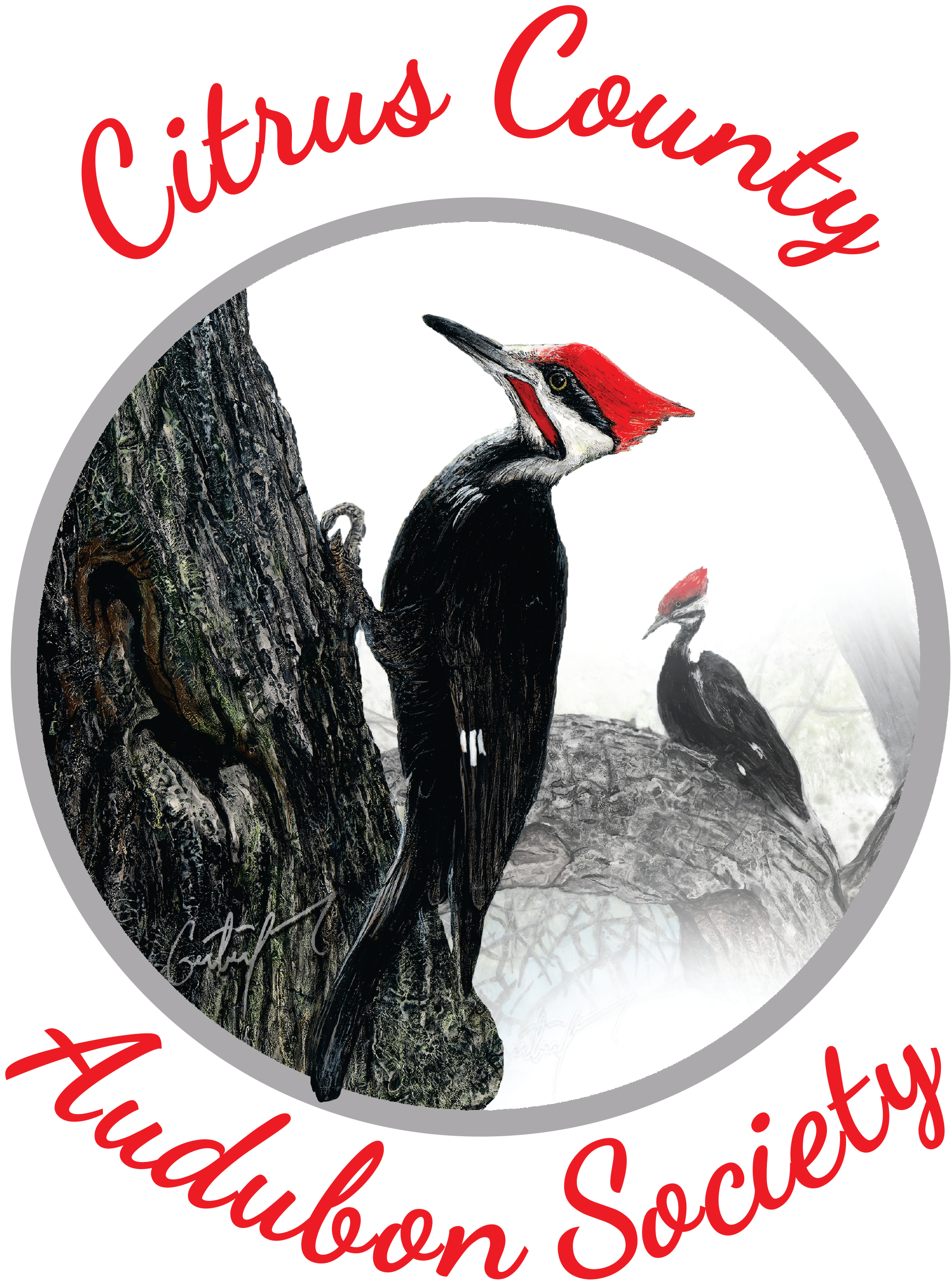by Rey Wells
Another fall migration is winding down here in northeastern New York State. I was largely unsuccessful with Warblers until September 14th. That afternoon, I sat on my three legged stool from 3:45 to 5:15. The sun was behind me. In front of me were some bushes and a small tree that had been a magnet for warblers last fall. It’s a Slippery Elm according to my brother and my plant app. Why would a particular tree entice warblers and other birds to forage there? It’s because, for some reason, it hosts a great number of insects. Why bird in mid to late afternoon in September? That’s when migrators need to feed in preparation for an evening liftoff and a night of flying.
The first warbler to come into the tree was this male Northern Parula. It was nearly as colorful as those I see in Florida in March. This fellow will likely winter somewhere between the hammocks of the Florida Everglades and the north coast of South America.
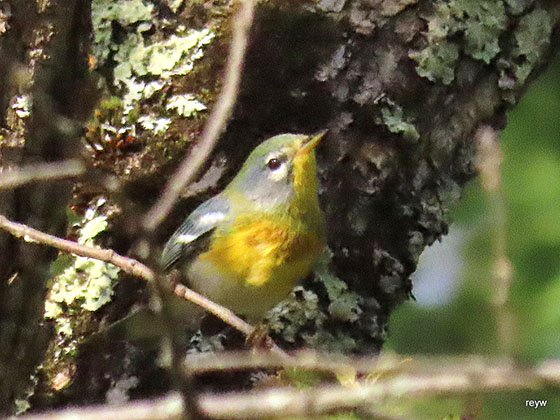
The next warbler to come into the tree to forage was this Magnolia Warbler. I chose this shot because it shows nearly all the important fall field marks. It’s difficult to judge whether this is a male or a female. It would be much easier in spring when males sport a much snazzier outfit. Here’s a male that I took one May at Plum Island near Newburyport, Massachusetts. That was in 2014 when I was being bitten hard by the birding bug.
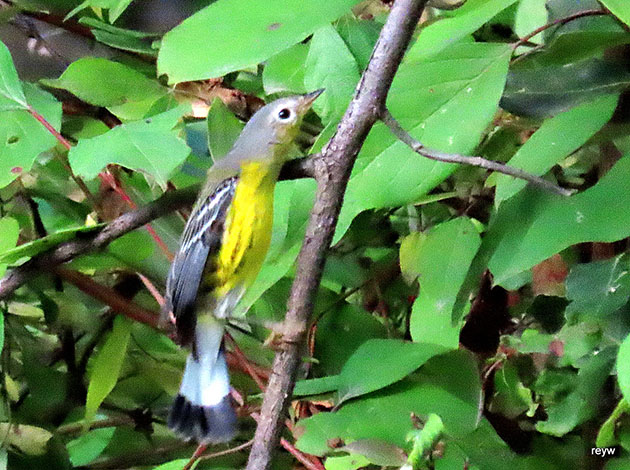
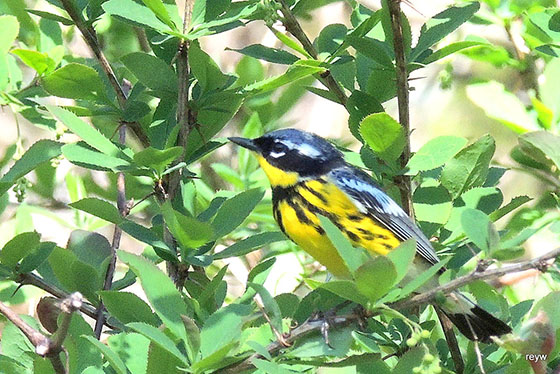
Back to the present. After a while, another Magnolia showed up. Or it might have been the same one that circled back for more. Note in this shot that its wings are folded back completely and cover the rump and whatever color that may be. In the next photo the bird has moved a bit and has opened its wings ever so slightly to reveal its rump. Here it is. Surprise! It could now be easily mistaken for a Yellow-rumped Warbler. If you see just this and call out “Yellow-rump”, you could be wrong – but very rarely as there are many more Yellow-rumps than Magnolias. Magnolias winter throughout Central America and on many Caribbean Islands.
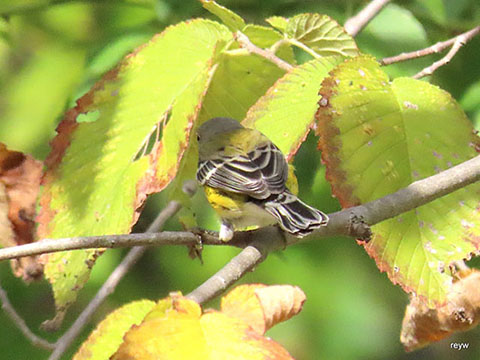
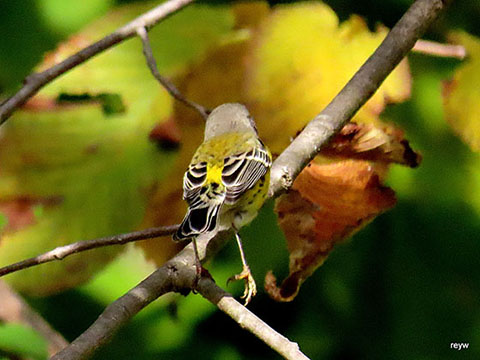
Well, we waded a ways further into the warbler weeds than is typical here. I hope you enjoyed it anyway. I had fun putting it together.
